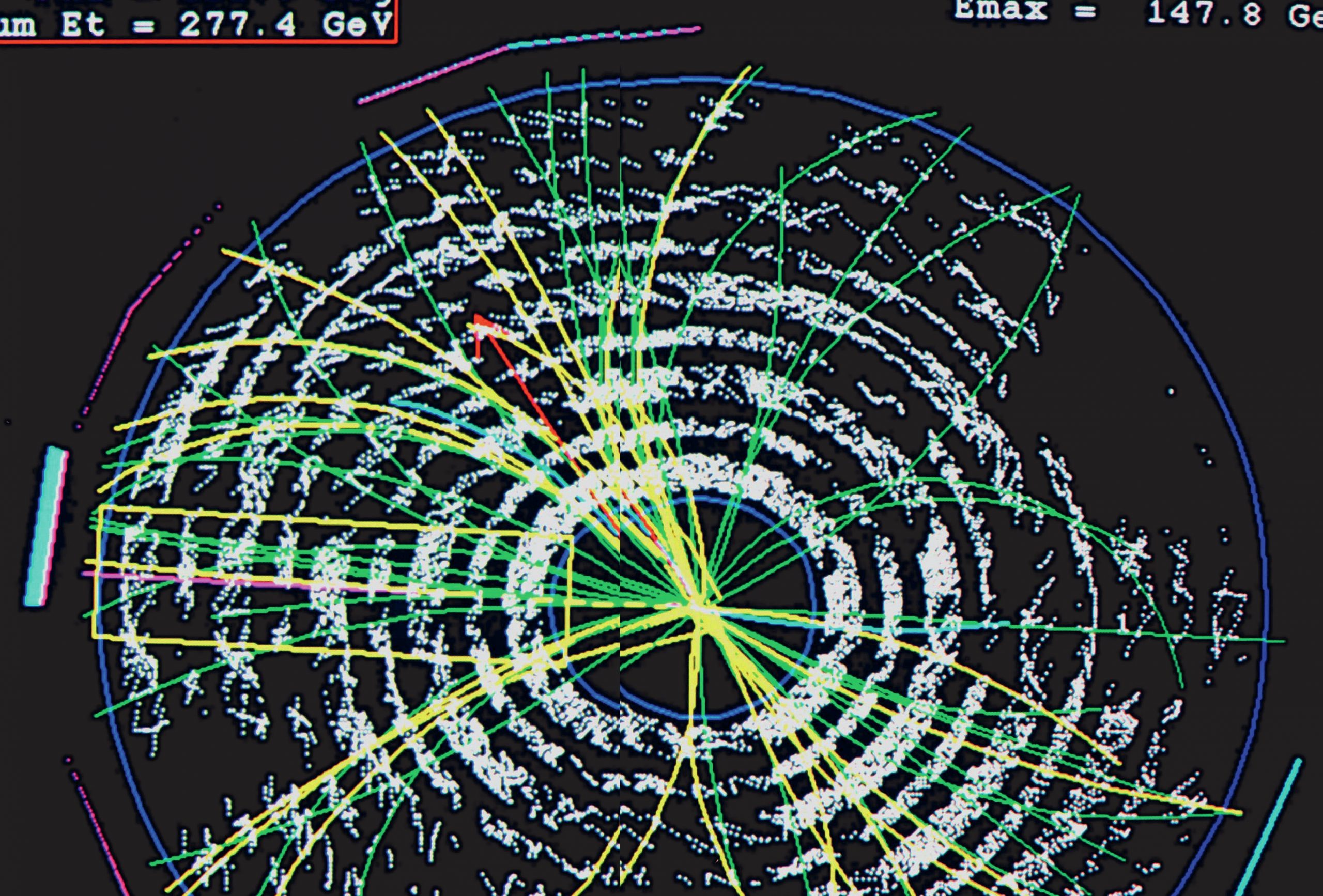
By the mid twentieth century the nuclear model of the atom was well established: a nucleus of protons and neutrons, surrounded by electrons — all thought to be fundamental and indivisible. But experiments with particle accelerators and with cosmic rays detected many new, short-lived, subatomic particles, challenging physicists to find and explain patterns in their properties.
In 1964 Murray Gell-Mann and George Zweig (1) independently showed that the properties of known hadrons could be accounted for if they were composed of just three hypothetical new particles. Zweig called them ‘aces’ while Gell-Mann borrowed the term ‘quark’ from a line in James Joyce’s novel Finnegans Wake: ‘Three quarks for Muster Mark’.
Your organisation does not have access to this article.
Sign up today to give your students the edge they need to achieve their best grades with subject expertise
Subscribe




